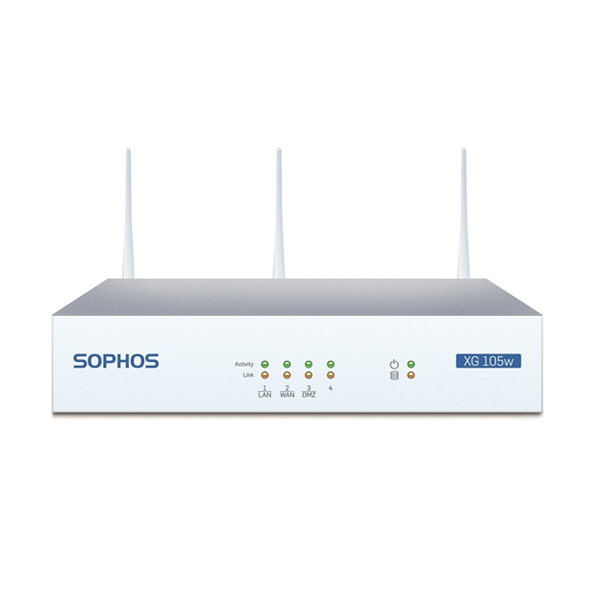You can reimage hardware, virtual, and software appliances.

Introduction
Sophos XG Firewall. Free home use license. Works alongside your existing antivirus protection. By submitting this form, you consent to be contacted about Sophos products and services from members of the Sophos group of companies and selected companies who partner with us to provide our products and services.
You use a bootable USB flash drive to reimage the device.
Reimage XG Firewall
XG Firewall v18 Maintenance Release 4 (MR4) is packed with enhancements to performance, security, reliability and the management experience. XG Firewall MR4 also enables great new Sophos Central Management capabilities. New features in the XG Firewall v18 MR5 release. Beg bounty hunting – why do people do it, and how? Start a Sophos demo in less than a minute.
You can reimage XG Firewall with any firmware version.
Sophos Xg Ospf Setup

- Download and burn an ISO image to a bootable USB flash drive.
- Go to Sophos Licensing Portal and sign in.
- Go to Network Protection > Download Installers and select the required hardware, virtual, or software installer.
- Download balenaEtcher, a free tool to create a bootable USB flash drive.
- Run balenaEtcher and accept the license agreement.
- Insert a USB flash drive in your endpoint device. Select the firmware image you downloaded.Note The USB flash drive will be formatted. You'll lose all data on it.
- Click Flash and wait for the tool to create a flash drive that can restart the firewall, and wait for validation.
- To reimage XG Firewall, do the following:
- Power off XG Firewall.
- Optional To monitor the installation, connect an SVGA monitor to the SVGA port of XG Firewall.
If it doesn't have an SVGA port, use an LCD panel to monitor the installation.
- Insert the bootable USB flash drive you created in XG Firewall.
- Power on XG Firewall.
- To enter the BIOS, press the Delete key when XG Firewall is starting. Make sure USB Key is the first boot option in the BIOS.
- Save and exit the BIOS.
The firewall restarts.
- Sophos Firmware Installer starts reimaging XG Firewall.
- Monitor the installation.
- After the firmware is installed, remove the USB flash disk and type y to restart XG Firewall.
- XG Firewall restarts with the default configuration.
- Sign in and restore the configuration you want.
You can deploy an XG Firewall OVF image in a VMware environment.
- Go to XG Firewall free trial and download the .zip file containing the XG Firewall OVF image. Extract and save the image on the device that has the vSphere client installed.
- To deploy the OVF image, follow these steps:
- Use the vSphere client to sign in to the VMware host server using its IP address, username, and password.
- Go to File and select Deploy OVF Template.
- Select the file sf_virtual and select Open. When the file path opens in the vSphere client, select Next.
- Verify the OVF template details.
- Specify a name and location for the OVF template.
- Select the host or cluster within which you want to deploy the OVF template.
This image shows deployment on a standalone server. Configuration can differ in cluster environments.
- Select the storage format to install the OVF template:
- Thick Provision Lazy Zeroed: Space required for the virtual disk is allocated during disk creation. Data remaining on the physical device is not erased during creation, but is zeroed out on demand later on first write from the virtual machine. You can’t convert this disk to a thin disk.
- Thick Provision Eager Zeroed: Supports clustering features such as Fault Tolerance (FT). Space required for the virtual disk is allocated at the time of creation. Data remaining on the physical device is zeroed out when the virtual disk is created. May take longer to create disks in this format.
- Thin Provision: Minimum space required. Use this format to save storage space.
For details, go to VMware disk provisioning policies.
- Select the networks to be used by the OVF template.
- Verify the deployment settings and select Finish.
XG Firewall will be installed on the server.
- Configure XG Firewall.
- Right-click XG Firewall. Select Power and then select Power on.
- Enter the administrator password admin. The Main menu appears.
- From the management device, go to https://172.16.16.16.
- Select Start to open the wizard and complete the basic configuration.CAUTION The wizard will not start if you’ve changed the default password from the console.
Sophos Xg Ospf
